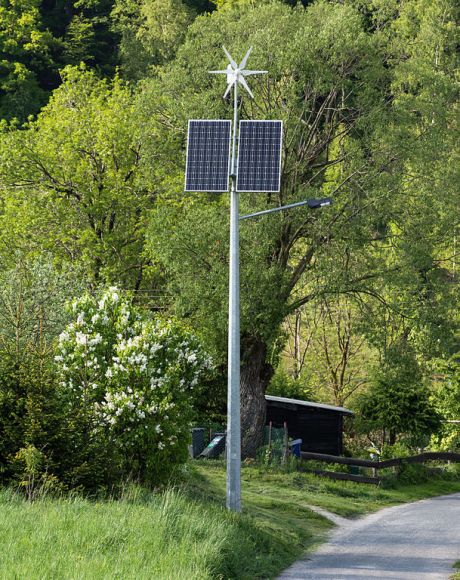Tailored quantum dots for photovoltaics

Latarnia_uliczna
By Jacek Halicki (Own work) [CC BY-SA 4.0 (http://creativecommons.org/licenses/by-sa/4.0)], via Wikimedia Commons
Solar energy is poised to make a significant contribution to the global energy landscape. Scientists are using the unique properties of tiny semiconducting nanoparticles to increase efficiency, thereby lowering cost and priming the market for widespread uptake and impact.
Photovoltaics reduce dependence on fossil fuels and thus reduce
emissions and minimise effects on global climate change. They also
enhance sustainability and energy security since sunlight is not
affected by geopolitical conditions. Numerous solar technologies are
quite mature, but widespread market uptake will only be achieved with
breakthroughs leading to important reductions in cost.
The EU-funded ULTRA PARTICLE (Ultra precise nanoparticles to harvest light) project plans to exploit increases in efficiency possible with quantum dots (QDs) to reduce the cost per unit of electricity. In particular, scientists are tailoring QDs to absorb photons with energies over a much larger portion of the electromagnetic spectrum. The solar devices will thus generate more electricity from the same amount of sunlight.
QDs are tiny nano-scale semiconductors, energy conversion devices with unique properties resulting from their sizes. Manipulating that size changes the absorption and emission spectra of a QD. It is precisely this quality for exquisite tuning that has made QDs so popular in displays for everything from smart phones to tablets to televisions.
ULTRA PARTICLE scientists purchased a state-of-the-art gas aggregation cluster source to produce nanoparticles of well-defined and consistent size. After connecting it to an existing thin-film sputter device, the team began producing the first samples of silver (Ag), silicon (Si) and germanium nanoparticles deposited on various substrates.
Careful evaluation confirmed promising morphology so researchers moved on to embedding Ag nanoparticles in amorphous Si. This is an important step on the road to exploitation of the plasmonic properties of metallic nanoparticles that enables them to access a greater range of wavelengths.
In the meantime, the team successfully prepared Si nanoparticles of sizes within the quantum confinement limit, which was the main objective of the grant proposal. In addition, researchers have prepared them in large enough yield to produce thin nanoparticle-assembled films of the type required for thin-film photovoltaics.
With this achievement, researchers have now begun tailoring the QD size to access any part of the solar electromagnetic spectrum. Higher efficiency will enable cheaper photovoltaic electricity production, encouraging widespread market uptake with major benefits for consumers, producers and the planet.
published: 2016-01-28

